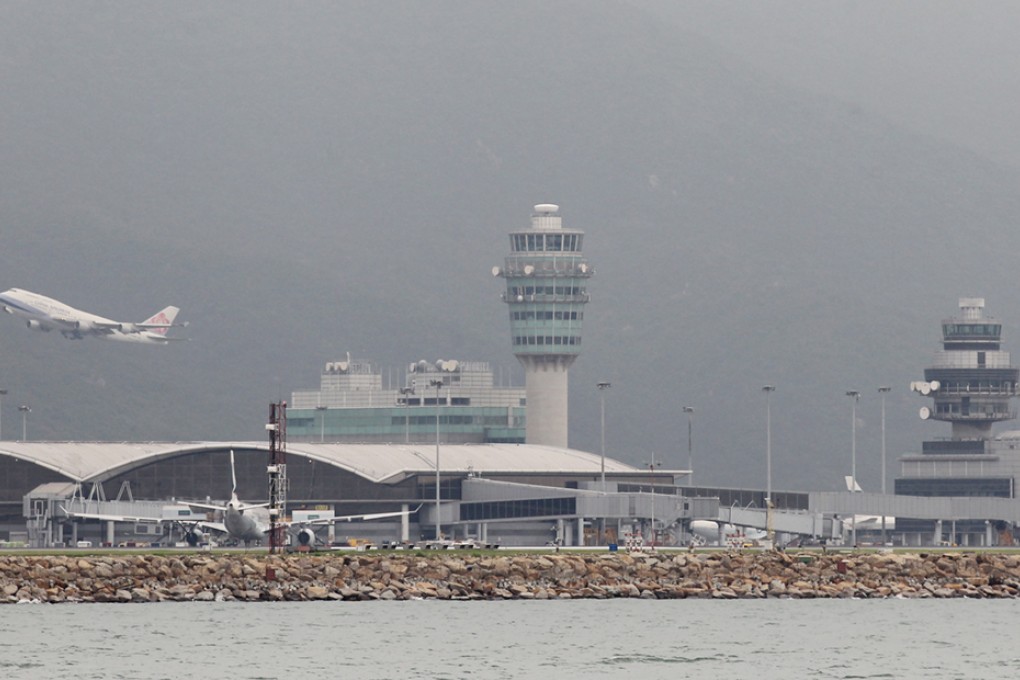Airport bosses accused of manipulating flight figures to justify third runway
Groups fighting plans for third runway say bosses pushing up usage rates of existing two by letting 'half-empty planes' serve minor routes

Airport chiefs are ignoring inefficiencies in the use of its two runways as they seek to justify a third, concern groups say.
They questioned the need for the multibillion-dollar expansion of Chep Lap Kok after analysis of a million flights between 2010 and 2012 highlighted low operational efficiency of the existing runways.
They pointed to valuable landing and take-off slots being allocated to low-capacity, narrow-body aircraft, most destined for obscure third- and fourth-tier mainland cities.
Airport Development Concern Network spokesman Michael Mo questioned whether this was the most efficient use of the runways given that some small narrow-body jets were taking off only half full.
"There are currently no efficient monitoring mechanisms to ensure our runway landing slots are used efficiently," said Mo.
He said the Airport Authority was letting "empty flights" fly back and forth from the city so it could earn landing fees and push up the total number of flights.